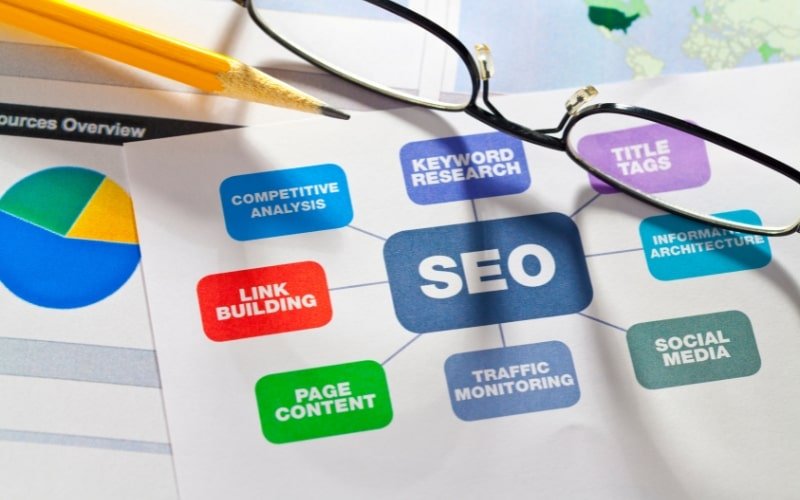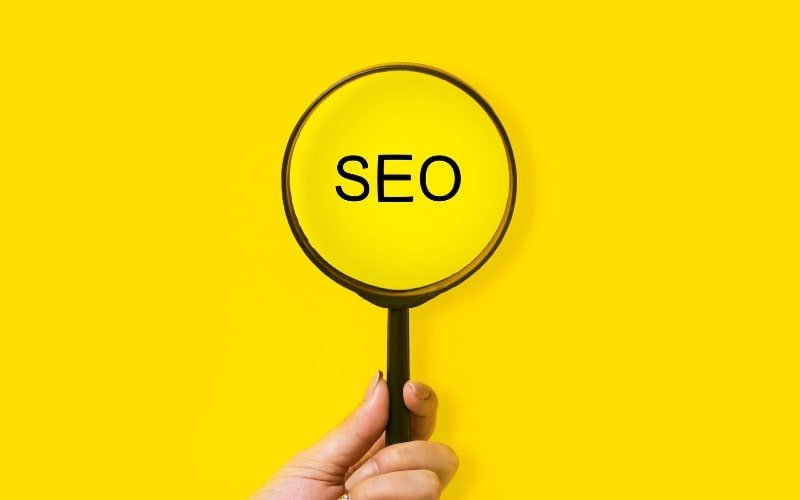For small businesses looking to grow their online presence and attract more customers, the question of whether to invest in Search Engine Optimization (SEO) or Paid Advertising (such as Google Ads or social media ads) is an important one. Both SEO and paid advertising offer distinct advantages, but each comes with its own set of challenges and costs. The decision ultimately depends on your business goals, budget, and the type of results you are aiming to achieve. In this article, we’ll explore the differences between SEO and paid advertising and provide guidance on which might be the better option for your small business.
What Is SEO?
SEO vs Paid Advertising is a common consideration for businesses looking to enhance their online presence. SEO, or Search Engine Optimization, is the process of optimizing your website and content to rank higher in search engine results pages (SERPs). When users search for products, services, or information related to your business, SEO helps ensure your website appears among the top results organically—meaning you’re not paying for each click.
Understanding SEO vs Paid Advertising involves recognizing that SEO is a long-term strategy that involves multiple components such as keyword research, on-page optimization, link building, and improving user experience. Over time, SEO can generate consistent, organic traffic to your website without ongoing advertising costs. While it requires time and effort to see results, SEO offers sustainable benefits that can continue long after the initial investment.
When comparing SEO vs Paid Advertising, paid advertising refers to online ads that you pay for on platforms such as Google, Facebook, Instagram, or LinkedIn. Google Ads (formerly AdWords) and Facebook Ads are two of the most popular forms of paid advertising for small businesses. With paid ads, you can target specific audiences based on keywords, demographics, interests, and behaviors. You can set a budget and pay for each click (PPC) or impression, allowing you to control the costs associated with your campaigns.
Ultimately, the choice between SEO vs Paid Advertising depends on your business goals and resources. The primary advantage of paid advertising is its immediacy—your ads can start driving traffic to your website as soon as they go live. However, once you stop paying for the ads, the traffic stops. Paid advertising offers a short-term solution for boosting visibility and attracting customers quickly, but it lacks the long-term impact of SEO.
Key Differences Between SEO and Paid Advertising
To better understand which option is right for your business, let’s break down some of the key differences between SEO and paid advertising.
Cost:
One of the most significant differences between SEO vs Paid Advertising is cost structure. SEO vs Paid Advertising is an organic marketing strategy, which means you don’t pay for clicks or impressions. Instead, you invest in optimizing your website and content to improve your rankings over time. The upfront costs of SEO vs Paid Advertising include hiring an SEO expert or agency, creating high-quality content, and implementing technical improvements. Once your website starts ranking higher, the traffic you receive is essentially free.
On the other hand, SEO vs Paid Advertising requires a continuous investment. You set a budget for each campaign, and you pay each time someone clicks on your ad (PPC) or views it (impressions). While paid ads can generate immediate traffic, the costs can add up quickly, especially in competitive industries where the cost per click (CPC) is high. If you stop paying for ads, the traffic stops, making SEO vs Paid Advertising a short-term investment.
Time to See Results:
When comparing SEO vs Paid Advertising, SEO is a long-term strategy that requires time and patience. It can take several months to see significant improvements in rankings and traffic, especially for competitive keywords. However, once your website begins to rank well, the results are more sustainable in the SEO vs Paid Advertising debate. You can continue to attract organic traffic without ongoing investment, making SEO vs Paid Advertising a cost-effective option in the long run.
In contrast, paid advertising delivers immediate results. Once your ad is live, you can start driving traffic to your website within hours or days. Paid ads are ideal for businesses that need quick visibility or are launching new products or promotions. However, the traffic generated through paid ads is temporary—when the campaign ends, so does the traffic in the SEO vs Paid Advertising comparison.
Targeting Capabilities:
Both SEO vs Paid Advertising allow you to target specific audiences, but they do so in different ways. SEO vs Paid Advertising focuses on optimizing your website for keywords that your target audience is likely to use in search queries. This means that SEO vs Paid Advertising attracts users who are actively searching for the products or services you offer, which can lead to higher-quality traffic.
SEO vs Paid Advertising offers more advanced targeting options. You can target users based on a variety of factors, including demographics, location, interests, behaviors, and past interactions with your business. This level of targeting allows small businesses to reach specific segments of their audience more precisely, ensuring that your ads are seen by the right people at the right time.
Sustainability and Longevity:
SEO provides long-lasting results because it focuses on improving your website’s authority and relevance over time. Once you achieve higher rankings, you can enjoy consistent traffic without additional costs. However, SEO requires regular updates and ongoing optimization to maintain those rankings and stay ahead of competitors.
Paid advertising is less sustainable because it stops generating traffic the moment you stop paying for the ads. It’s an excellent short-term strategy for generating quick traffic, but it lacks the long-term benefits that SEO provides.
Trust and Credibility:
Organic search results are generally viewed as more trustworthy than paid ads. Users tend to trust websites that appear in the top organic search results more than those that appear in the paid ad section. SEO helps build your brand’s credibility over time by positioning your website as an authoritative source of information in your industry.
Paid ads, while effective, are often perceived as more promotional. Users may click on ads, but they are also aware that these businesses paid for visibility, which may diminish the level of trust. Building credibility through SEO can foster long-term customer loyalty and organic growth.
Which Is Better for Small Businesses: SEO or Paid Advertising?

The decision between SEO and paid advertising ultimately depends on your business’s goals, budget, and timeline.
When to Choose SEO:
SEO is the better option for businesses that are looking for a long-term, sustainable marketing strategy. If your goal is to build a strong online presence and attract consistent, organic traffic over time, investing in SEO is a wise choice. While it may take several months to see significant results, the long-term payoff is worth the investment, especially for businesses with limited budgets. SEO is also ideal for businesses that want to build credibility and trust with their audience.
When to Choose Paid Advertising:
Paid advertising is a great option for businesses that need immediate visibility and quick results. If you’re launching a new product, running a short-term promotion, or targeting a specific event, paid ads can help you reach your audience quickly. Paid ads are also effective for businesses with larger budgets that can afford continuous investment in advertising. However, keep in mind that paid advertising requires ongoing spending, and the traffic will stop once the campaign ends.
Conclusion
For small businesses, the decision between SEO and paid advertising doesn’t have to be an either/or choice. In many cases, combining both strategies can yield the best results. SEO offers long-term, sustainable traffic, while paid advertising provides a quick boost in visibility and leads. By using both methods strategically, small businesses can maximize their online presence and attract a steady stream of customers, both in the short and long term. Ultimately, the key is to align your marketing strategy with your business goals and budget to achieve the best possible outcomes.


